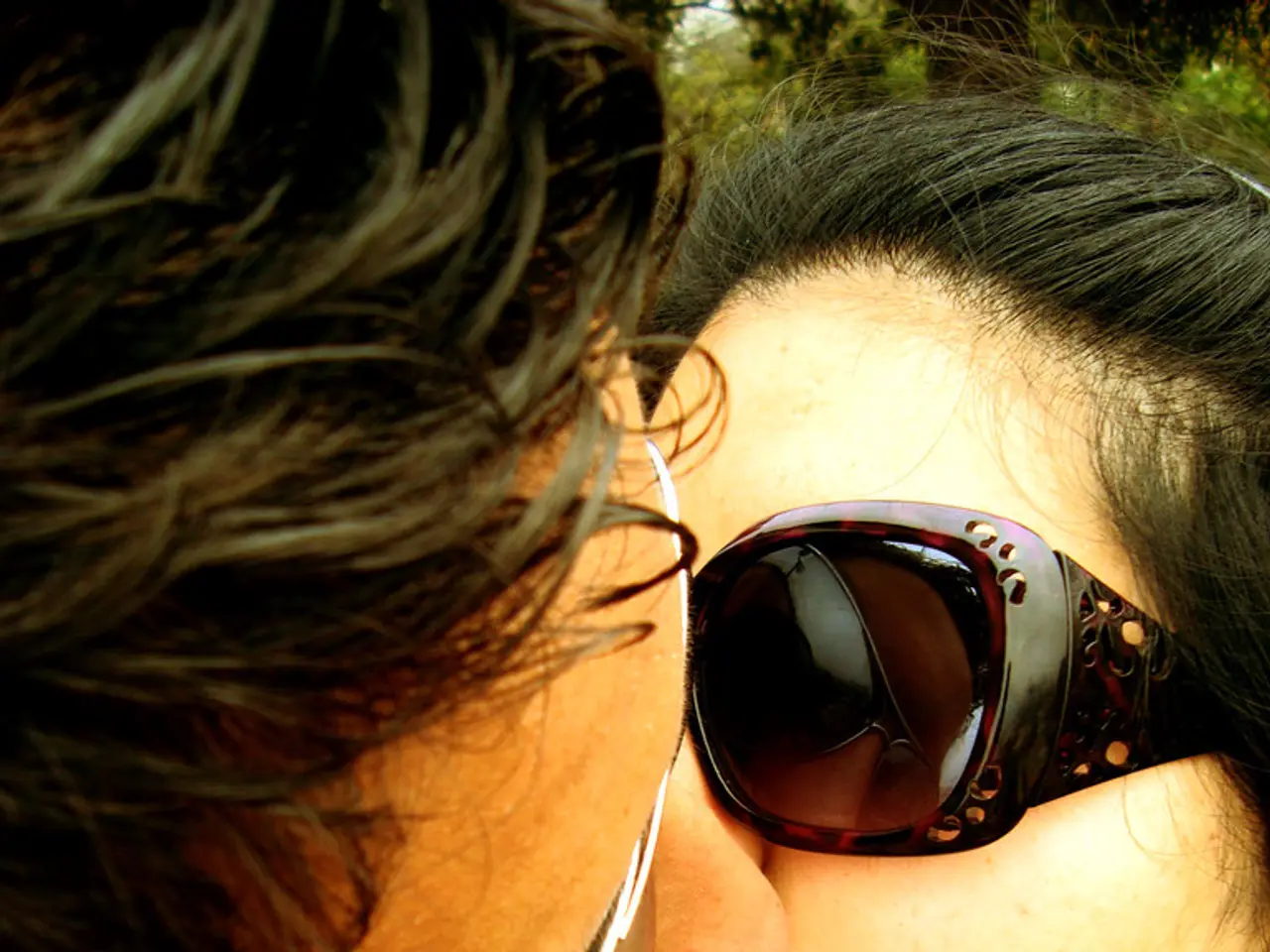Understanding Biromantic Asexuality: Exploration, Guidance, and Further Insights
In the diverse world of human sexuality and romance, biromantic asexuality stands as an essential part of the LGBTQ+ spectrum. This identity refers to individuals who experience romantic attraction to people of two or more genders, but do not necessarily experience sexual attraction.
Akiosexual is a type of asexual identity where a person experiences sexual attraction that fades if the other person reciprocates it. On the other hand, demisexual individuals experience sexual attraction only after a strong emotional connection has formed. Graysexual individuals identify as being in-between asexual and sexual.
It's important to note that asexuality is not the same as celibacy or having a low sexual desire due to medical reasons. Asexual people may have different attitudes towards sexual activity, ranging from having no desire to engage in sexual activity to having a libido and having sex with a partner.
For biromantic asexual individuals in relationships, communication is key. Discussing boundaries, desires, and expectations around romance, intimacy, and sex openly with partners fosters healthy relationships. It's crucial to remember that coming out is optional and personal, and each individual should follow what feels safe and right for them.
Online support groups and communities tailored to asexual and biromantic identities provide connection, shared experiences, and advice. Such groups can be found on LGBTQ+ platforms and specialized sites for asexuality and romantic orientation support.
Educational resources about the distinction between romantic and sexual orientations help individuals and their partners understand biromantic asexual identities, facilitating communication and mutual respect in relationships.
Affirming language and respect for self-identification are crucial. Using terms and labels preferred by the person (e.g., biromantic asexual) supports their identity and helps them feel validated.
Therapy or counseling with LGBTQ-affirming professionals can assist with personal identity development, relationship challenges, and managing societal misunderstandings or pressures.
HSDD, a medical condition in which a person does not experience sexual desire and it causes distress, can affect individuals who identify as biromantic asexual. If a person finds that their lack of sexual desire is causing distress, they should contact a medical professional.
Biromantic asexual people may desire a romantic relationship with another person, seeking emotional connection and romantic love. Ways to express romantic attraction include physical affection, spending quality time together, doing thoughtful acts, complimenting, sharing responsibilities, and giving meaningful gifts.
Resources for support and further information about biromantic asexuality include The Asexual Visibility and Education Network, GLAAD and amp, The Trevor Project, Aces & Aros, Asexual Outreach, LGBT Foundation, online forums, support groups, or social media groups. The Trevor Project offers resources for those who want to talk with a trained counselor about their identity.
Being an ally and supporting a person who is biromantic asexual and those within the LGBTQ+ community includes staying open-minded and willing to learn, listening, being inclusive and inviting LGBTQIA+ people to join social events, avoiding making assumptions about anyone's sexual or romantic orientation and not assuming everyone is heterosexual, remembering that people can have a sexual orientation that is different to their romantic orientation, calling out any jokes or comments that are offensive or discriminatory against LGBTQIA+ people, examining any personal privilege, prejudice, or bias, even if this feels uncomfortable, taking action on LGTBQIA+ rights movements and contacting organizations, such as GLADD, about misrepresentation or discrimination in the media, and believing that everyone deserves dignity and respect, regardless of their sexual or romantic orientation or gender identity.
- Akiosexual individuals, another type of asexual identity, experience sexual attraction that fades if the other person reciprocates, contrasting with biromantic asexual people who maintain romantic attraction.
- In the realm of mental health and personal growth, understanding and accepting one's sexual orientation, such as biromantic asexuality, is an essential aspect of self-development and lifestyle.
- With the rise of fashion-and-beauty and health-and-wellness industries, more products and services cater to the accommodation and acceptance of varying sexual identities within relationships, fostering a more inclusive and affirming society.
- In health-and-wellness education, it is essential to acknowledge the differences between romantic and sexual orientations to promote better communication, understanding, and respect in biromantic asexual relationships.
- By seeking support in communities, resources, or therapy, individuals can navigate their biromantic asexuality and relationships, ensuring mental health, emotional well-being, and overall personal growth.




